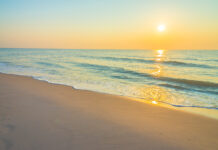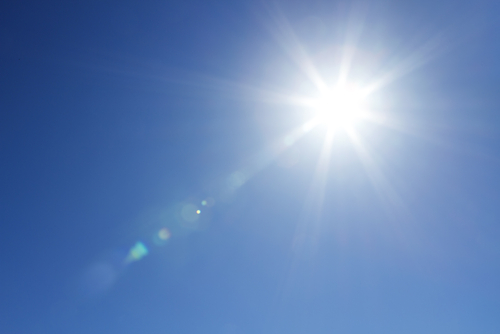Castles are magical, and not just the fairytale ones that are guarded by dragons and home to beautiful damsels in distress.
Real-life castles are a wonderful place to set your imagination free and really enjoy the grandeur of some of the world’s oldest forts and estates.
How does weather effect historic buildings? ⛈
Bad weather can cause major damage to buildings, be that old or new, restoration of historic buildings is important at all times especially when an old building is being used for modern purposes. So what weather conditions cause damages to a historic buildings and structures?
Cold High Wind and Strong Gusts 💨
Over time cold winds and strong gusts can cause major structural problems, winds usually weaken the structure of the building, with parts of a historic building like ornamental stonework or decorative features becoming loose which ends in the building no longer being safe or secure.
Taller buildings don’t just suffer the brunt of the winds, sudden gusts of wind can strike anywhere, be that within a country valley or in a built-up city.
Heavy Rain Showers 🌧
Consecutive heavy rain is not good for old buildings, most historic buildings do not have up-to-date drainage systems because there expensive to fit and they can take away the heritage from the historic building.
With heavy rainfall rising worldwide improper drainage systems can not cope with torrential rain leading to problems like leakages, damping, and even flooding.
Increased Temperatures ☀️
As you may or may not know, Average temperatures have risen by 1°C over the last century, this may not seem like a huge difference but the effect it has on old buildings is significant, Temperature changes can cause structural issues due to the different materials, materials react differently to temperature changes meaning they all move at different rates, this can cause loosening and affect stability.
Rising temperatures can increase the rate of various chemical reactions which cause materials to deteriorate more quickly.
Airconditioning, heating, or ventilation systems can stabilize temperatures, these are usually installed into historic buildings which are used for modern use.
Humidity 😅
Higher temperatures and heavy rainfall can lead to a more storm-like humid environment. Humid environments are a huge cause for fungal and plant growth, This causes major damages to the fabric and exterior of a historic building, the humid environment helps ivy or moss grow on the outside of the building. This can be a nightmare in itself, Have you ever tried cutting ivy down, it feels never-ending?
With plants and moss growing on the outside of the building this can also cause insect and pest infestations.
Humidity inside of a building can also lead to damp which can damage various aspects of a historic building and lead to rot and decay.
Snow 🌨
Although heavy snow is not usually an issue for older buildings, If snow does lay on a flat and delicate roof, it can be at risk of structural damage, the weight of snow could collapse a flat-surfaced roof.
So now you know all about how weather can effect a historic building, Show & Stay provide you with the top 10 must-see castles around the world:
1. Windsor Castle, England 🏴
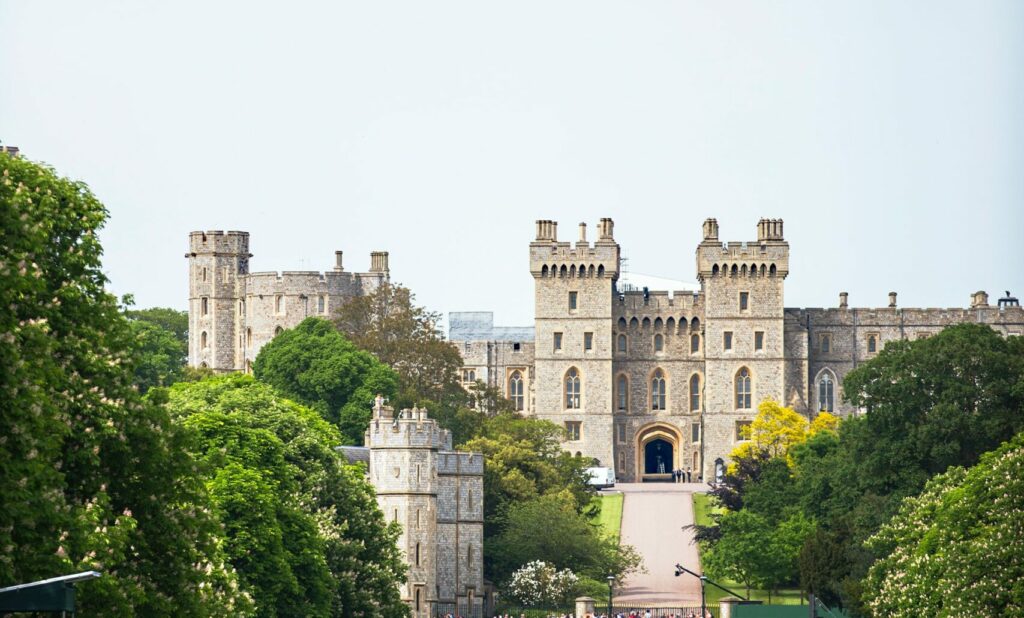
In the royal county of Berkshire lies the beautiful Windsor Castle, the world’s largest occupied castle. Its current royal tenant is HM Queen Elizabeth II, the castle acting as one of her three official residences. In fact, it’s been one of, if not the official residence of the UK’s monarchy for well over 900 years.
In recent times, A royal wedding has taken place at Windsor Castle, on the 19th May 2018 Price Harry married Meghan Markle.
Windsor Castle is a magnificent structure and watches over the quaint little town of Windsor alongside the River Thames. While on your fabulous West End theatre break in London, why not take a trip out of the city and visit this gorgeous castle, only a stone’s throw away and surrounded by many other fantastic attractions like the LEGOLAND® Windsor Resort, Chessington World of Adventures and Thorpe Park.
Best time to visit for the weather?
July is the hottest month in Windsor with an average temperature of 18°C (64°F) and the coldest is January at 4.5°C (40°F) with the most daily sunshine hours at 7 in June. The wettest month is October with an average of 70mm of rain.
2. Neuschwanstein Castle, Germany 🇩🇪
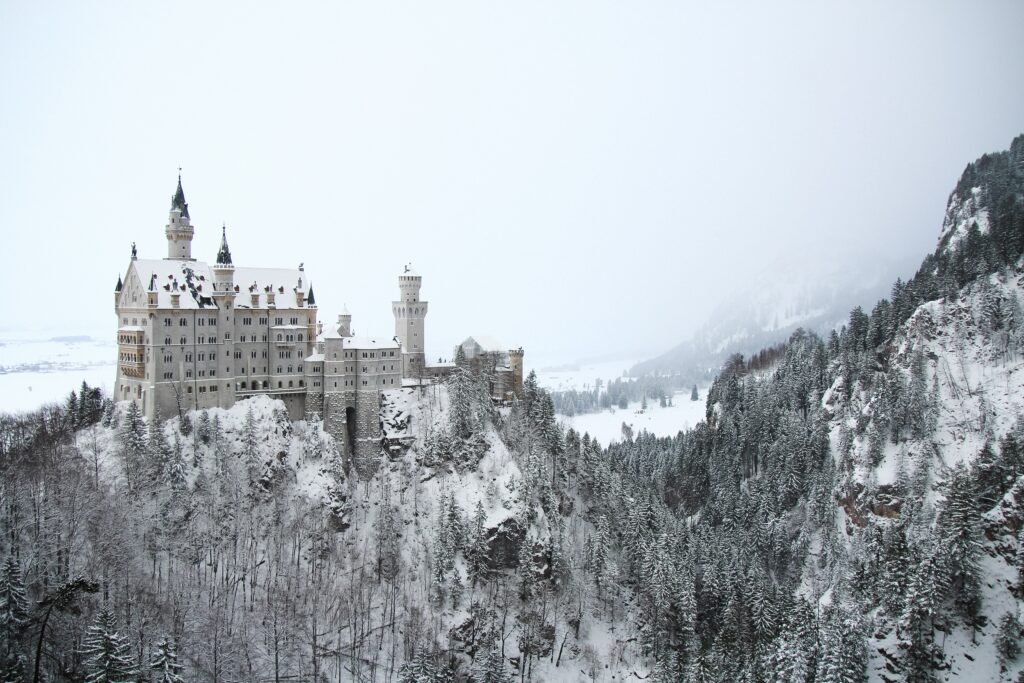
Germany is home to some of the world’s most beautiful and traditional castles. So much so that this top ten could be filled with entries from Germany alone. However, the Neuschwanstein castle is an architectural masterpiece is the very epitome of that fairytale castle we all envisage when thinking of chivalrous knights, handsome princes and evil sorcerers.
Rumour has it that Sleeping Beauty’s Castle in Disneyland was modelled on this particular castle, and it even looks similar to the Beast’s castle in Disney’s animated classic Beauty and the Beast.
Castle Restoration due to bad weather
An estimated 1.5-million people visit Neuschwanstein every year. More than 6,000 people visit rooms that were originally designed for just a few royals and their staff.
The tourist traffic and the penetration of light have damaged the unique furniture and fabrics. The castle authorities also have to keep a close watch on the structure’s foundation, and the sheer rock walls on which it rests.
The mountain weather can be rough on the castle’s limestone façade, often requireing repair work, the castle is currently in restoration with scaffolding erected, the restoration project is due to end in 2023.
3. Prague Castle 🇨🇿
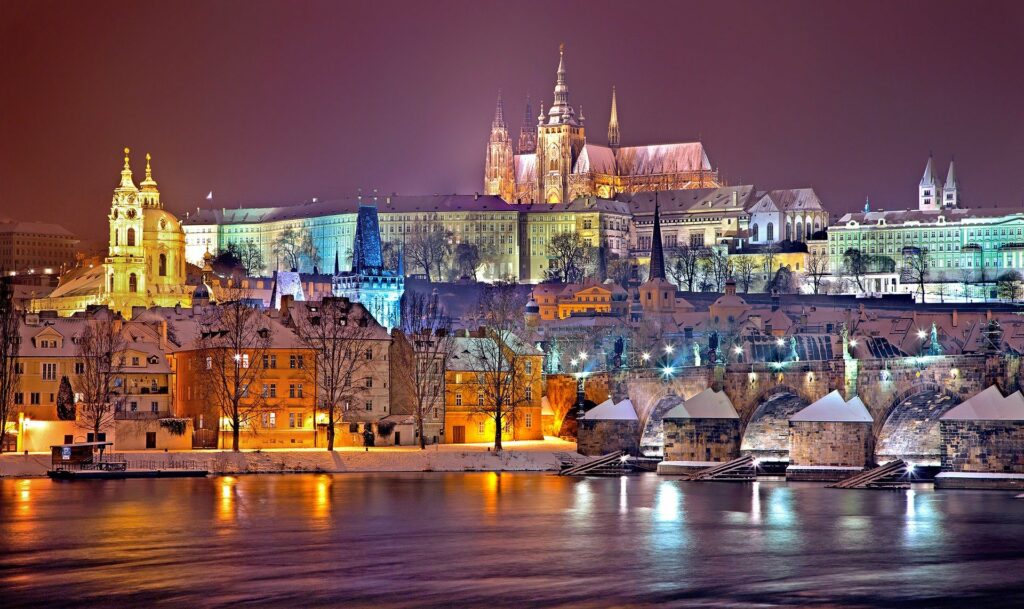
According to the Guinness Book of World Records, Prague Castle is the world’s biggest ancient castle, and to say that it’s huge is an absolute understatement. It runs a length of approximately 570 metres and averages a width of 130 metres, meaning that this piece of real estate covers a hell of a lot of ground.
With a history that stretches back to the 9th Century AD, the site has housed Holy Roman Emperors, royalty and presidents. Now the Czech Crown Jewels have taken up residency and are open to the public to adore and admire.
4. The Tower of London 🏴
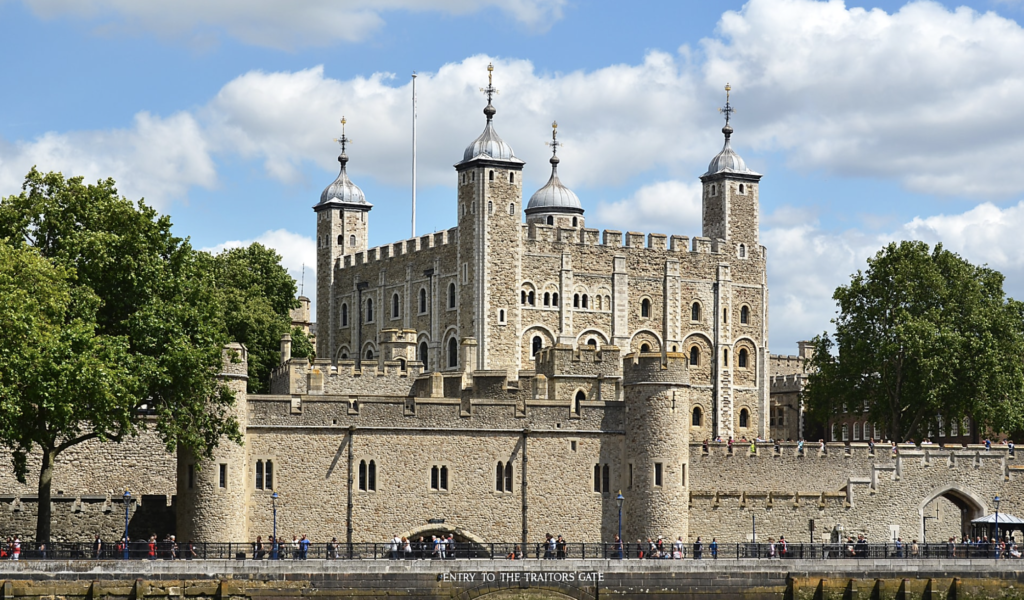
Back to the UK for our next entry: the Tower of London. It’s known by a variety of names including The Tower, Her Majesty’s Royal Palace and Fortress, or The White Tower.
It was established and built by William the Conqueror and was the main Royal Residence of the monarchy up until the Tudor Dynasty, where it then became a prison and housed such inmates as Lady Jane Grey, Anne Boleyn, Guy Fawkes — even a young Elizabeth I who was imprisoned by her sister Queen Mary I for fear of conspiracy and treason.
Besides being a castle, prison and fort, The Tower was also an armoury, treasury and once the home to the Royal Mint. Today, The Tower serves as one of London’s top tourist destinations, a world heritage site and still guards the Crown Jewels.
Best time to visit for the weather?
July is the hottest month in London with an average temperature of 19°C (66°F) and the coldest is January at 5°C (41°F) with the most daily sunshine hours at 7 in June. The wettest month is October with an average of 71mm of rain.
5. Moosham Castle, Austria 🇦🇹
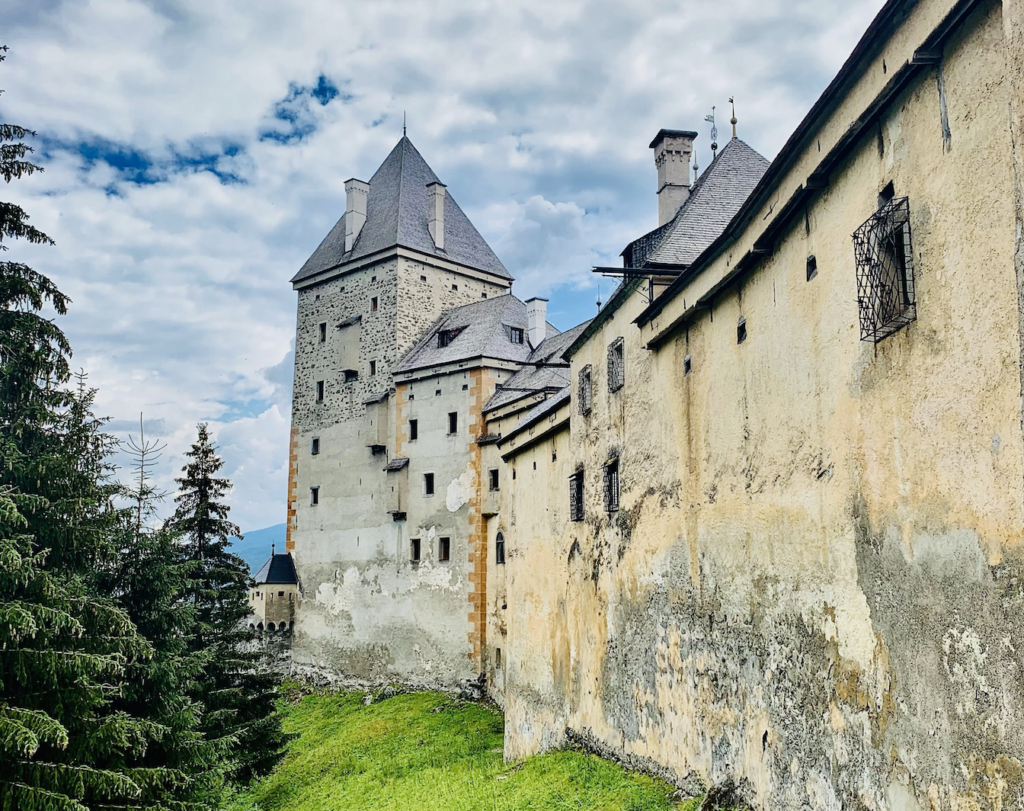
Situated in Unternberg, Salzburg, Moosham Castle looms among a shroud of dark trees and guards a terrible history. In its native land, Moosham Castle is known as Witches’ Castle, after it was the centre of a tragic witch-hunt back in the 18th century, much like the Salem Witch Trial in Massachusetts.
Countless women, misfits and thieves were subjected to terrible trials and horrific executions under the allegations of dealing in the black arts and the occult. According to legend, their screams can still be heard in the dead of night…
Best time to visit for the weather?
July is the hottest month in Salzburg with an average temperature of 18.5°C (65°F) and the coldest is January at -0.5°C (31°F) with the most daily sunshine hours at 7 in September. The wettest month is June with an average of 160mm of rain.
6. Himeji Castle, Japan 🇯🇵
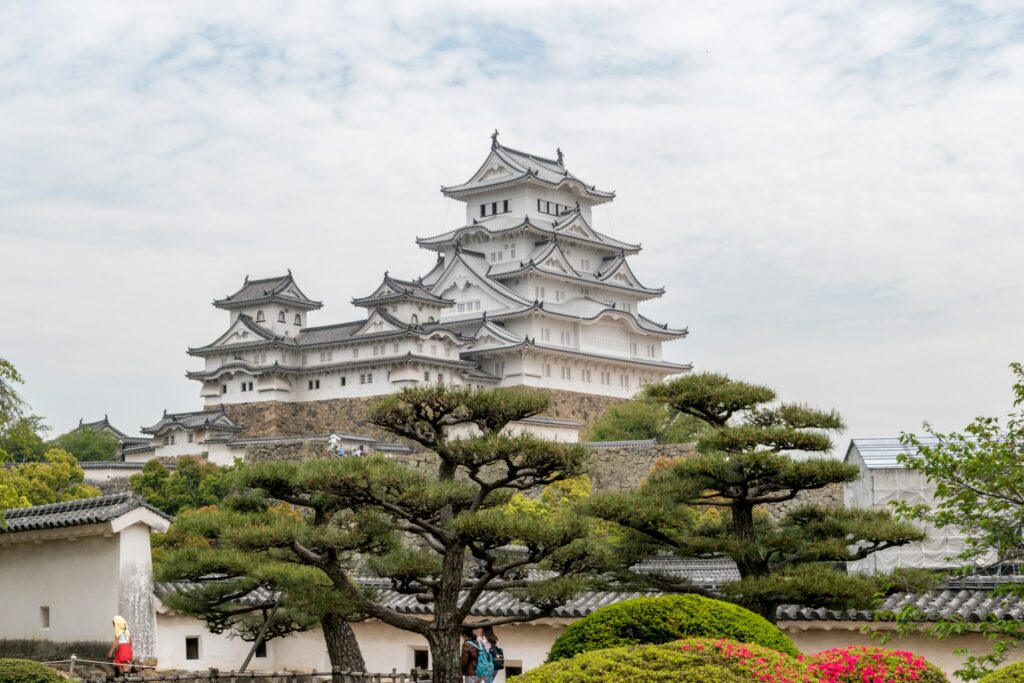
We travel to the Far East for our next instalment. Himeji Castle is the pinnacle of classical Japanese castle architecture. This masterpiece is a beautiful example of Japanese wealth and power.
It’s Japan’s largest castle and has been certified as a United Nations Educational, Scientific and Cultural Organization, World Heritage Site. Surrounded by mountains and beautiful Japanese gardens, it’s easy to see why wars were fought for its occupation.
7. The Citadel of Aleppo, Syria 🇸🇾
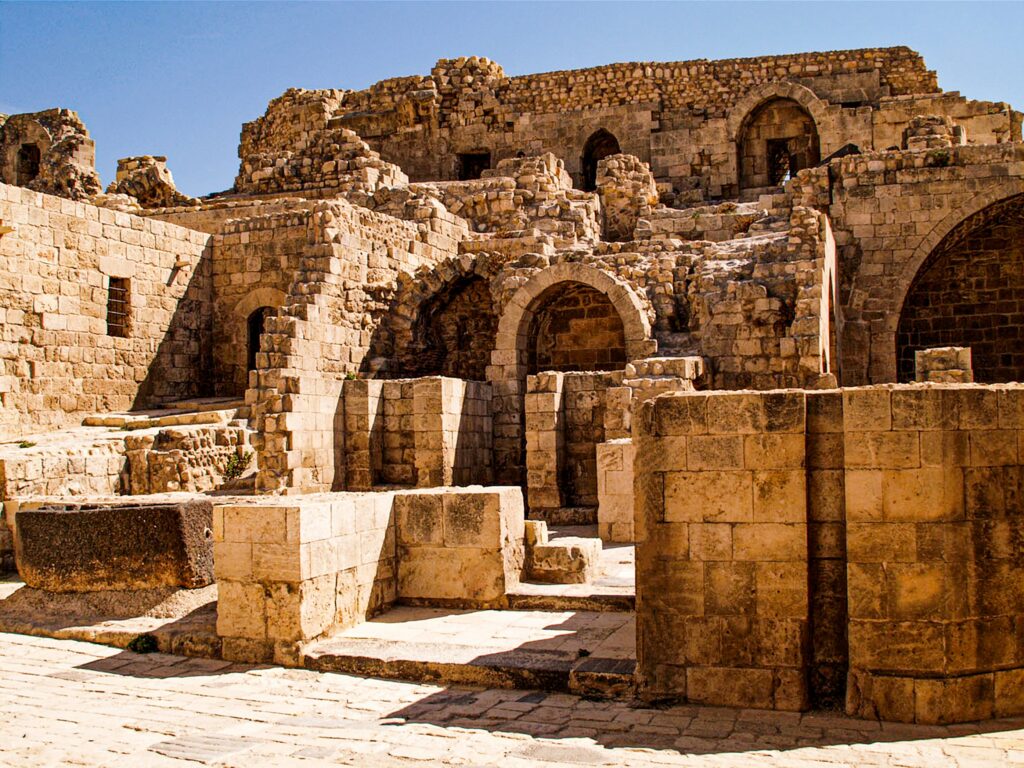
If you ever find yourself in Northern Syria, you’ll find it hard to miss this gigantic fortress. The fortified palace dominates the city and is considered to be one of the oldest in the world, with parts of the site dating back to the third millennium…BC! It boasts an infusion of European style and intricate Arabic designs with domed roofs, ubiquitous palms trees and even an amphitheatre.
The Throne Hall is absolutely stunning with geometric patterns both in the stained glass and floor, with plenty of gold for extra opulence.
Best time to visit for the weather?
July is the hottest month in Aleppo with an average temperature of 28°C (82°F) and the coldest is January at 6.5°C (44°F) with the most daily sunshine hours at 14 in July. The wettest month is January with an average of 70mm of rain.
8. The Moscow Kremlin, Russia 🇷🇺
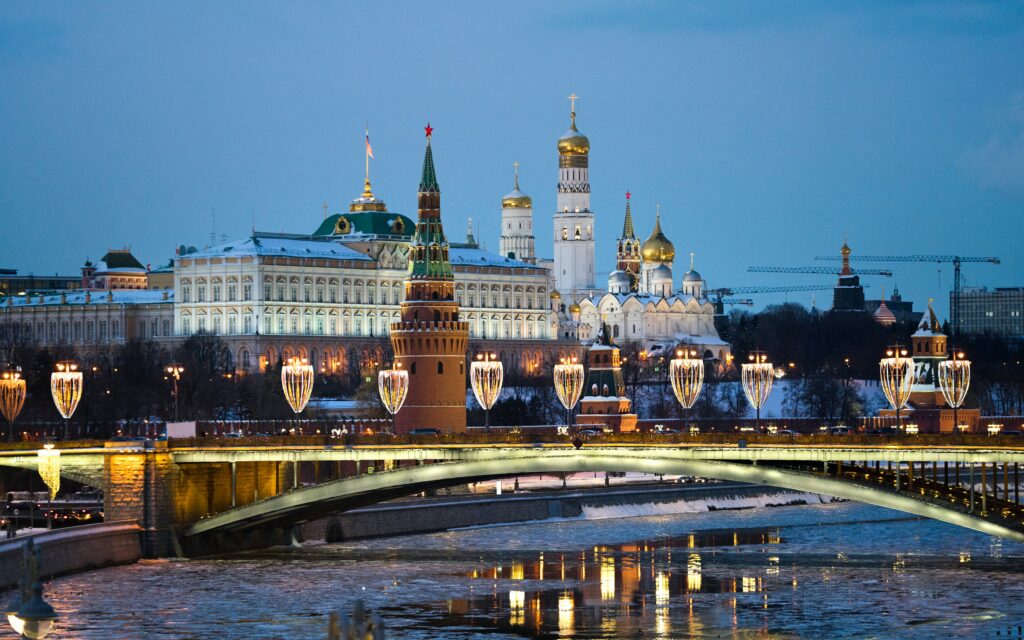
No, you’ve not stumbled into Disneyland. However, you’d be forgiven for making that assumption since the Moscow Kremlin is probably one of the most colourful buildings on the planet; most notably the Red Square with its multi-coloured spires that look like ice cream cones.
In the Upper Garden lies the Tomb of the Unknown Soldier as a memorial to the soldiers who died in World War II, with the Eternal Flame that stays continuously lit to commemorate the brave men who lost their lives. Russia is a gorgeous country rich in culture and steeped in a long and exciting history and the Kremlin stands as a testament to both.
Best time to visit for the weather?
July is the hottest month in Moscow with an average temperature of 18.5°C (65°F) and the coldest is January at -8°C (18°F) with the most daily sunshine hours at 9 in July. The wettest month is June with an average of 100mm of rain.
9. The Palace of Versailles, France 🇫🇷
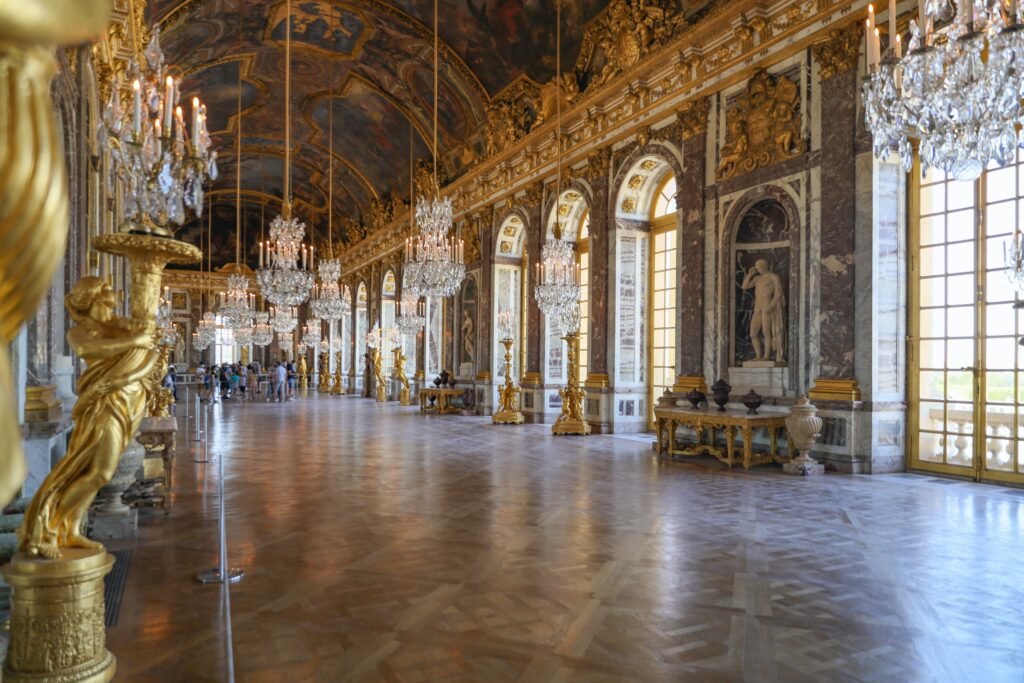
OK, so France isn’t strapped for its own abundance of fascinating castles, but we can’t really miss out on one of France’s most beautiful stately homes.
The Palace of Versailles is technically not a castle (although it is known as Chateau De Versailles, and the chateau is a loose translation of castle) but nevertheless a true demonstration of French grandeur and architectural beauty.
The Palace is absolutely breathtaking with its astounding classical features. The exquisitely landscaped gardens are a must to explore and savour the peaceful landscape. Be sure to pay a visit to Marie Antoinette’s private estate the Petit Trianon, which encompasses the quaint farmhouse, Le Hameau de la Reine. It’s opulent, grand and embodies French elegance and sophistication.
Best time to visit for the weather?
July is the hottest month in Versailles with an average temperature of 19.5°C (67°F) and the coldest is January at 3°C (37°F) with the most daily sunshine hours at 8 in September. The wettest month is October with an average of 80mm of rain.
10. Sleeping Beauty’s Castle, France 🇫🇷
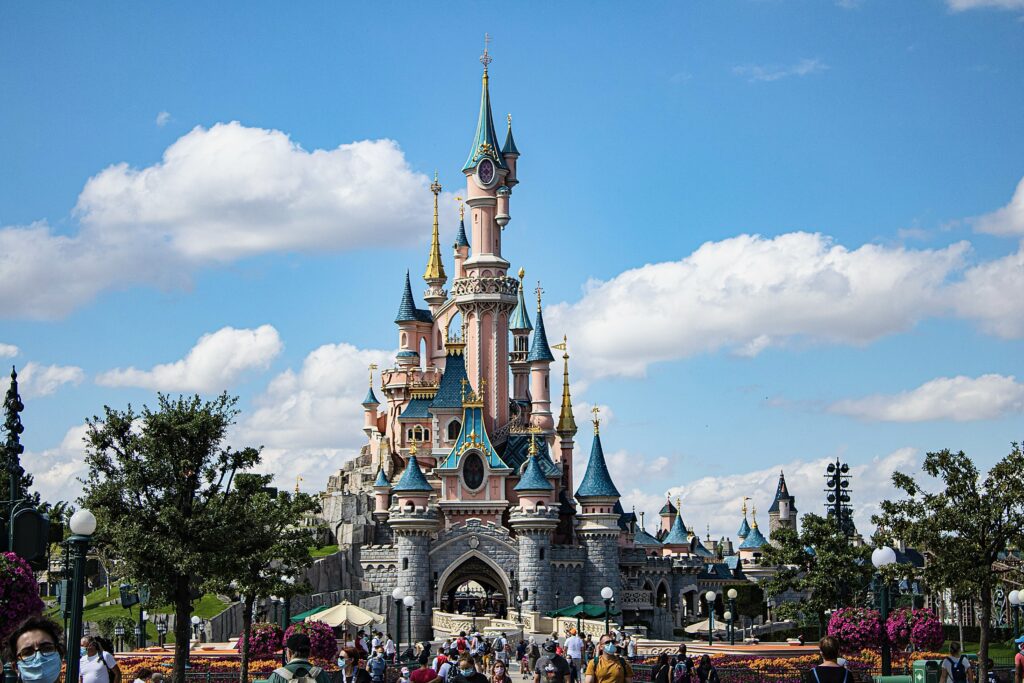
This article has frequently compared many of the entries to Disney castles, so what better way to round off the top ten than with Sleeping Beauty’s Castle at the Disneyland Park in Disneyland Paris? Le Chateau de la Belle au Bois Dormant, as it’s known in its native France, is a replica of the eponymous castle from the much-loved Disney classic animation from 1959.
By far the youngest of our entries – and technically more of an attraction than a fort or palace – this structure encompasses everything one expects from a castle, with ample turrets, fairytale mythology and even its very own dragon in the dungeon.
This particular dragon at 27 metres in length is the world’s largest animatronic figure and an absolute must-see. If you want magic, romance and adventure from a castle, Where better than Disneyland itself?
Best time to visit for the weather?
July is the hottest month in Disneyland with an average temperature of 20°C (68°F) and the coldest is January at 3°C (37°F) with the most daily sunshine hours at 8 in September. The wettest month is August with an average of 64mm of rain.
This guest post was written and provided by Show & Stay, the UK’s leading theatre break providers.



